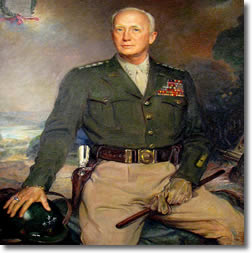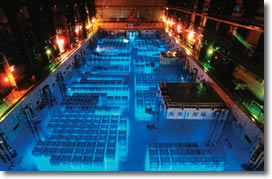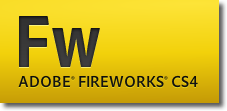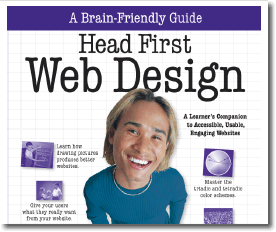When it comes time to build your dream home (.. up in Malibu, perhaps) you'll sit down with an architect, who will use your ideas to generate a set of blueprints. Builders will then use these blueprints as a guide to assemble your home. Cool.
Here in the Information age, the term » information architecture (IA) is the name given to this "blueprinting" (if you will) that we use as a 'schematic' ..
.. to build things where information is the thing being structured. And we build these informational structures in such a way as to make their access easy as possible (.. more logical & intuitive).
Instead of specifying the precise relationships between things such as brick, wood & wiring, IA specifies the hierarchical relationships of .. you guessed it! » chunks of information. (Think » library)
 'Hierarchical,' ooh. Big word. Let's take a quick look at what it means.
'Hierarchical,' ooh. Big word. Let's take a quick look at what it means.
Simply » an ordered grouping of things. In other words » a group of things put in order.
For example, the labels » General, Colonel & Major are each part of a hierarchical grouping .. of military officers.
I'm no military buff, but these guys are definitely part of a well-ordered group (called the Army, which is itself part of an even bigger group-ing) that have a well-defined relationship with one another.
Likewise, a website contains INFORMATION that should be similarly well-structured and well-ordered .. in the relationships its various sections have with one another.
Information Architecture isnt nearly as complex as this mouthful-of-a-term might imply. In fact, it's actually rather commonsensical. Logical. Pleasing, in a left-brain sort of way. Its goal is to bring order to informaton that might otherwise appear chaotic.
The problem is .. that » most websites (ahem) relegate IA to an afterthought.
I know this was true for me. Sure, I can provide good excuses for this. But the bottom line » no IA leads to » poor site organization, which in turn leads to » poor navigation.
I mean, my navigation is (literally) all over the place. (Look around the home page.) If I could start over, I'd do a better job. And I may do another redesign in the future (.. perhaps based on a 960-grid using Sass & Compass, which would be cool).
 This is because Radified began as a learning experience .. to learn-by-doing. (Which is the best way to learn.) So learning new,
This is because Radified began as a learning experience .. to learn-by-doing. (Which is the best way to learn.) So learning new, 


